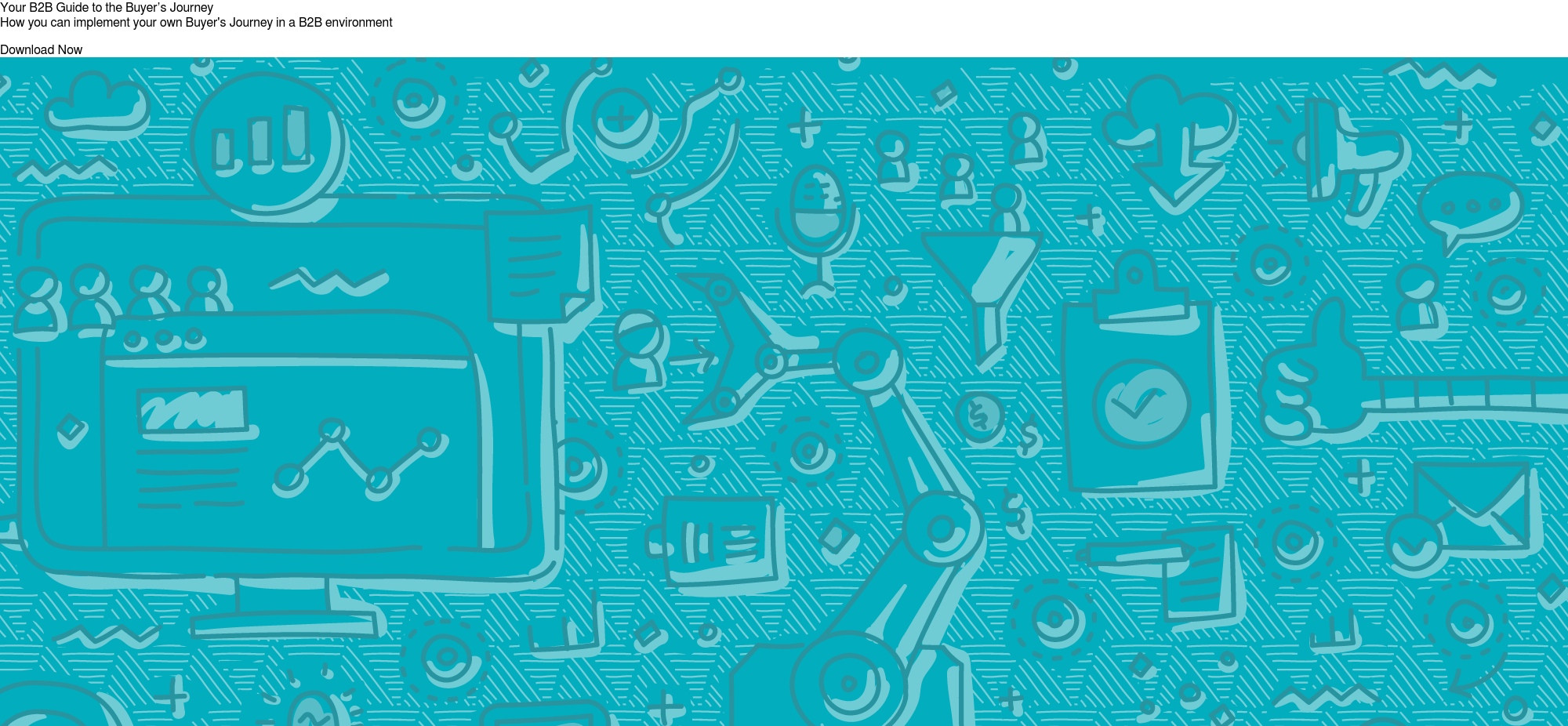
Is your marketing static, or is it dynamic?
Static marketing presents the same information to every lead, regardless of their varying needs. Dynamic marketing, on the other hand, utilises the buyer journey: an individualised journey down the marketing funnel that addresses each lead’s unique concerns.
Here’s our guide to buyer journeys, and how you can craft your own perfect buyer journey.
The Path From “Lead” to “Client”
“Buyer journey” refers to the steps that your leads take on the path to becoming your clients. It’s divided into three broad stages:
- awareness
- consideration
- decision.
The first step, awareness, is when a lead identifies the problem they need solved, or the goal they need met. At the consideration stage, they’ve progressed to researching solutions to their problem; comparing services and options. At the final stage, your lead is ready to make a decision about what to do, or who to hire, to solve their problem.
Without a buyer journey, your marketing might just talk “at” your buyer; a one-sided conversation that’s all about you. A great buyer journey on the other hand, makes your marketing dynamic: suddenly you’re interacting with your leads in a way that centers the conversation around them. The concept of a “buyer journey” is indispensable in marketing, because you can better craft your message to your leads – and keep them engaged – when you map out their decision-making process.
Focus on your client, not your product.
You’ve already perfected the products and services that you offer, and you know why they’re fantastic. However, to grab leads at every stage of the buyer journey, you’ll have to put them at the center of your marketing.
What does this mean? Rather than simply presenting what you can offer them, start with some careful research and a detailed buyer persona. What are your buyer persona’s problems and fears? What are their desires and goals? Let’s say you sell vacuum cleaners. Instead of focusing your marketing materials on your product (“Our vacuum selection is the best in town”), focus on your market’s concerns and fears (“The best way to clean under your couch cushions, without backbreaking work”).
Create content for every stage.
To keep your buyer journey dynamic, your website should offer content that’s tailored to each stage. Again, you should start with some thorough research about what information your leads are looking for as they move down the funnel.
At the “awareness” stage, the content should be all about them. This is the stage where leads are still figuring out what exactly their need is. They likely don’t know your service exists, or even that they have a problem that needs solving. You should be focused entirely on their concerns, providing content that’s relevant and highly useful to their research, without pushing your product. Your goal at the awareness stage is to build trust by giving leads something of value to them: information. You’ll have time later to give your sales pitch.
Once your audience realizes they have a problem, and resolves to fix it, they’re entering the “consideration” stage. In their research, they’ve found several different solutions. Now it’s time for them to narrow their choices, and – in many cases – convince their boss to get on board. At this stage, your content should be authoritative and results-oriented: demonstrate exactly what your product or service will do for them. If your target persona is a business, this is the stage where executives and big decision-makers are probably looking at your content, so pay attention to their fears and goals.
By the time they hit the “decision” stage, your new potential client has already decided (or persuaded a decision maker) that they really do need a particular product or service. Now it’s up to you to convince them that your business is the perfect choice. This is the stage where you can sell yourself: talk about your brand, and what it can do that the competition can’t. At the decision stage, content should include customer reviews, case studies, or testimonials that demonstrate your value, and the unique ROI that only you can give them.
Automate your process.
Once upon a time, some marketers argued that small-to-medium businesses didn’t have the resources to create an entire buyer journey, and that they were better off just swooping in at the decision stage. While it may be true that the decision stage is crucial, smaller businesses don’t need to pick and choose anymore. Advances in data collection, synthesis and marketing automation have made creating a buyer journey easier and leaner than ever.
By automating your marketing process, your business can craft much more complex and varied buyer journeys. Automation enables you to use the templates to personalize the buyer journey for different subsets of your target audience. Plus, great automation software can collect and synthesize the data behind your campaigns, so you’re learning from each mini-campaign in real time.
If you need help crafting a killer buyer journey, contact us today. Our “ask-anything” policy means you can get in touch with your marketing questions any time you want to and we’ll be ready to help. So ask away; it could get you one step closer to planning that perfect buyer journey for your business.



